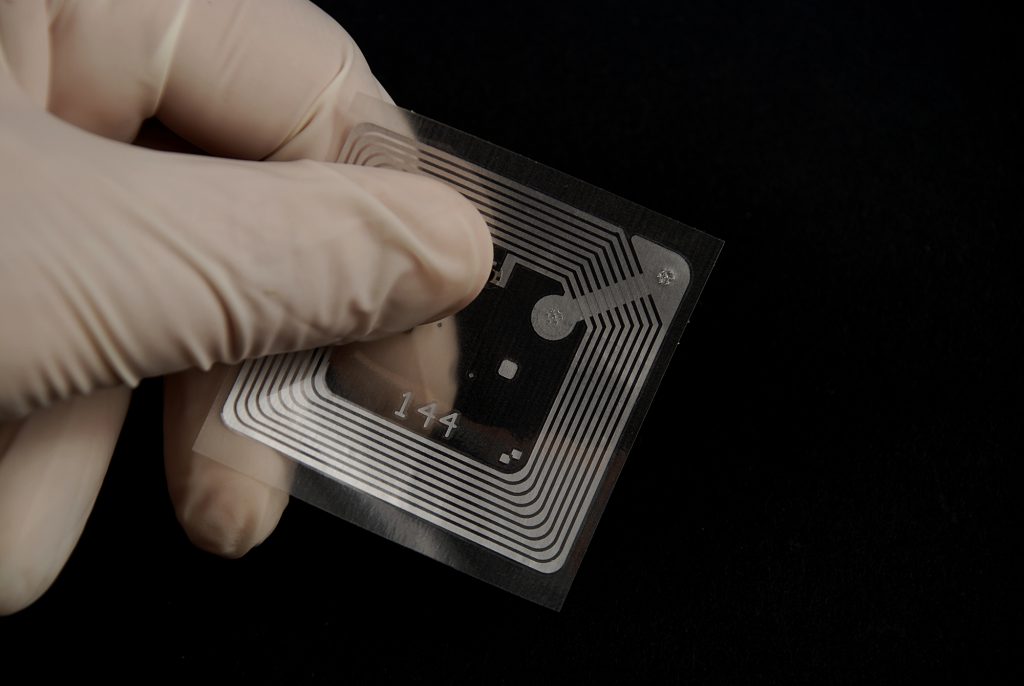Learn more about IoT and RFID integration and elevate supply chain visibility to new heights!
In today’s fast-paced and highly competitive business landscape, supply chain management plays a pivotal role in determining the success of any company. The ability to efficiently track and monitor goods as they move through the supply chain is crucial for meeting customer demands, optimizing operations, and gaining a competitive edge. To achieve this level of visibility and control, companies are increasingly turning to the integration of Internet of Things (IoT) and Radio-Frequency Identification (RFID) technologies. This article explores the benefits of enhancing supply chain visibility through IoT and RFID integration and provides insights into how companies can get started with this transformative approach.
Benefits of IoT and RFID Integration in Supply Chain Visibility
- Real-Time Tracking: One of the primary benefits of IoT and RFID integration is the ability to track goods in real-time. RFID tags attached to products or pallets contain unique identification data that can be automatically scanned by IoT-enabled sensors as they pass through various checkpoints in the supply chain. This real-time tracking allows companies to identify potential delays or issues early on, enabling quick interventions and preventing disruptions.
- Improved Inventory Management: IoT and RFID integration enable accurate and automated inventory management. As products are tracked throughout the supply chain, the system can maintain up-to-date records of inventory levels, reducing the chances of stockouts and overstocking. This streamlined inventory management translates to cost savings and better utilization of resources.
- Enhanced Security and Reduced Theft: With IoT and RFID technologies, companies can implement better security measures to safeguard their supply chain. RFID tags can be used to monitor entry and exit points, helping to prevent theft and unauthorized access to goods. In case of any security breach, real-time alerts can be generated, allowing prompt actions to mitigate risks.
- Data-Driven Decision Making: IoT and RFID integration generate vast amounts of data about the supply chain’s performance. Companies can leverage this data to gain valuable insights into their operations, identify bottlenecks, and make data-driven decisions to optimize processes and enhance overall efficiency.
- Customer Satisfaction: Enhanced supply chain visibility leads to improved delivery timelines and reduced instances of order inaccuracies. Meeting customer expectations and ensuring timely deliveries can significantly boost customer satisfaction, loyalty, and retention.
How to Get Started with IoT and RFID Integration
- Conduct a Supply Chain Audit: Before implementing IoT and RFID integration, conduct a thorough audit of your current supply chain processes. Identify areas where visibility is lacking or causing inefficiencies. This analysis will help determine the specific points in the supply chain where IoT and RFID technologies will be most beneficial.
- Choose the Right Technology: There are various IoT and RFID solutions available in the market. Research and select the technology that aligns best with your supply chain requirements, budget, and scalability. Consider factors like range, data storage capabilities, compatibility with existing systems, and ease of integration.
- Pilot Test the Solution: Before implementing the technology across the entire supply chain, conduct a pilot test in a smaller segment. This will help you evaluate the system’s effectiveness, identify potential challenges, and make necessary adjustments before a full-scale deployment.
- Train Employees: Introducing new technologies requires a workforce that is well-versed in their operation and utilization. Provide comprehensive training to employees involved in supply chain management, logistics, and data analysis to ensure a seamless adoption of the new system.
- Monitor and Optimize: Once the IoT and RFID integration is in place, continually monitor its performance and gather feedback from the involved stakeholders. Use the data collected to identify areas for improvement and optimize the system to achieve maximum efficiency and effectiveness.
Enhancing supply chain visibility through IoT and RFID integration offers numerous benefits that can significantly improve a company’s operational efficiency, customer satisfaction, and competitive advantage. By investing in the right technology, conducting thorough testing, and providing proper training to employees, companies can successfully implement these transformative technologies and stay ahead in the dynamic world of supply chain management. Embracing IoT and RFID integration is not only a strategic move for today’s businesses but also a step towards building a more resilient and agile supply chain for the future.
The Perfect Planner Team is here if you have any questions about IoT and RFID Integration for Supply Chain Enhancement, and we offer a free consultation service. If you would like to connect with us on this article or any other topic, please message us on LinkedIn, shoot us an email at info@perfectplanner.io, visit our website at www.perfectplanner.io, or give us a call at 423.458.2979.
Author: Thomas Beil
Publication Date: December 21, 2023
© Copyright 2023 Perfect Planner LLC. All rights reserved.






